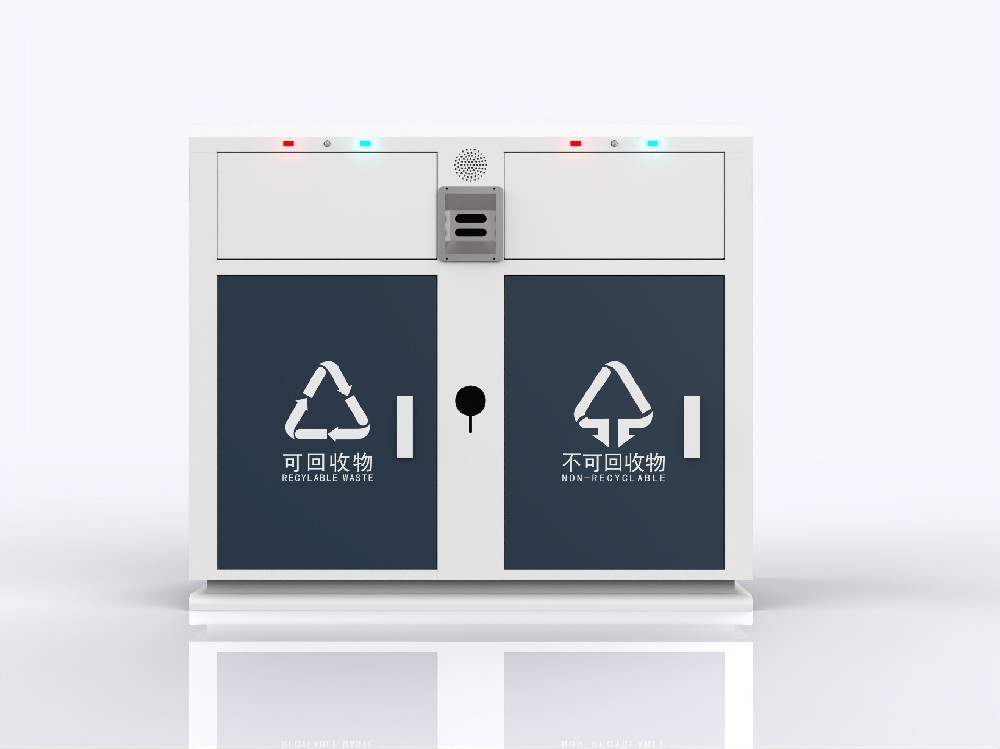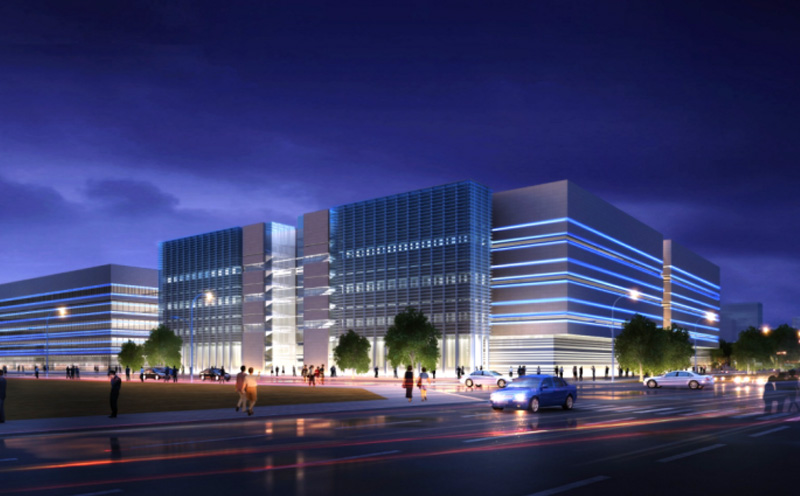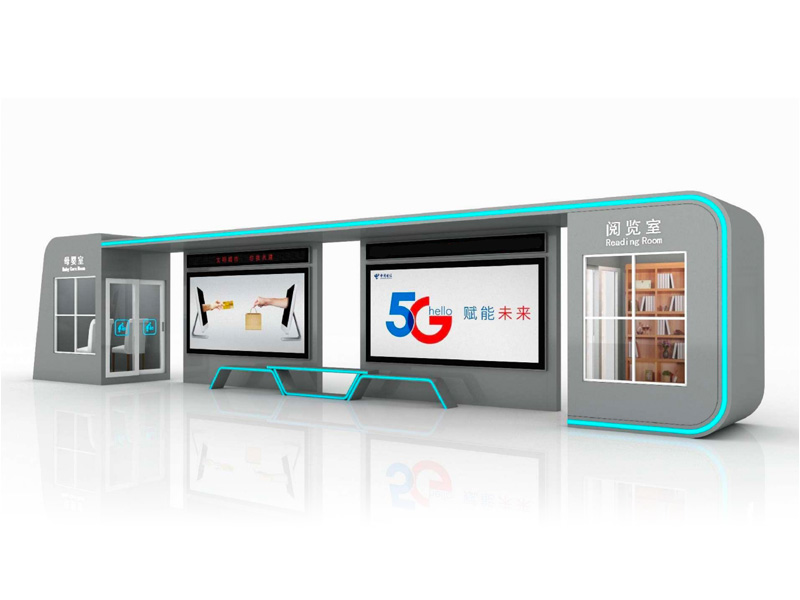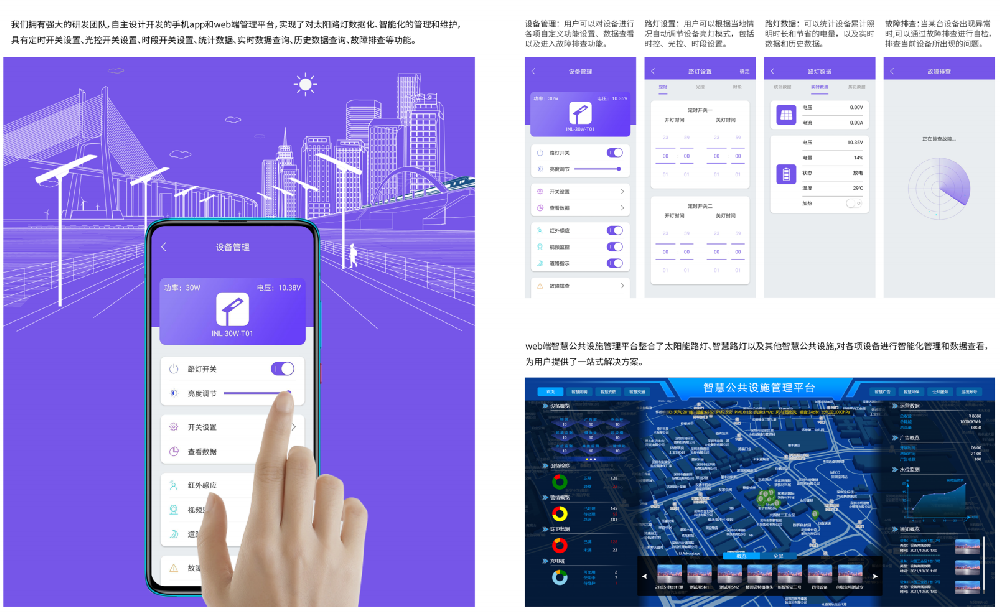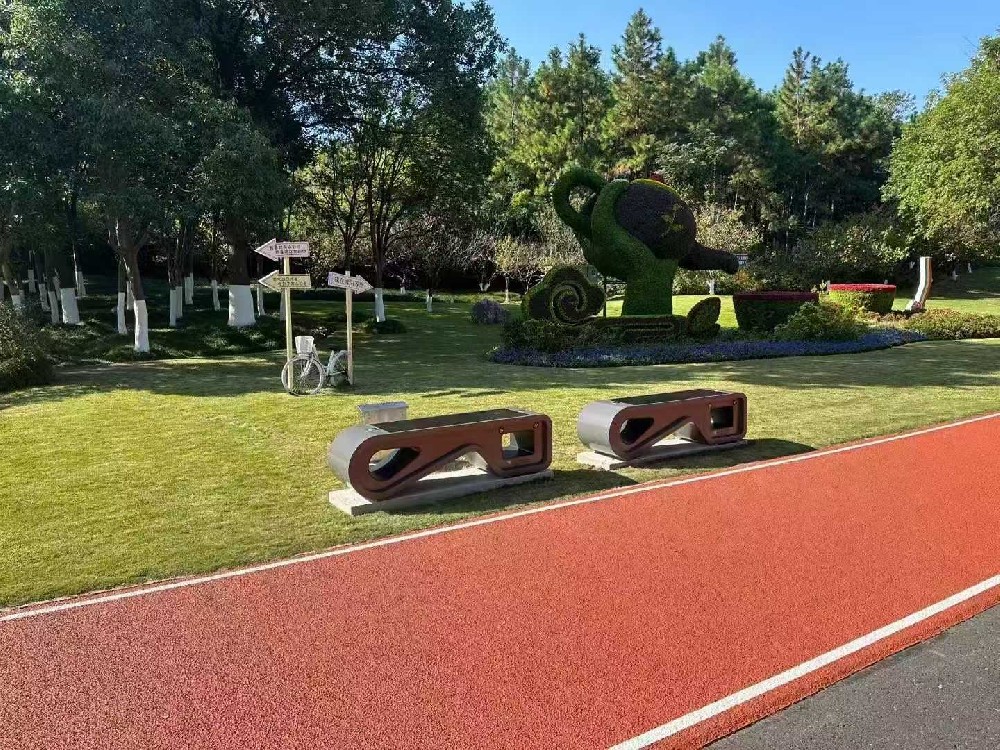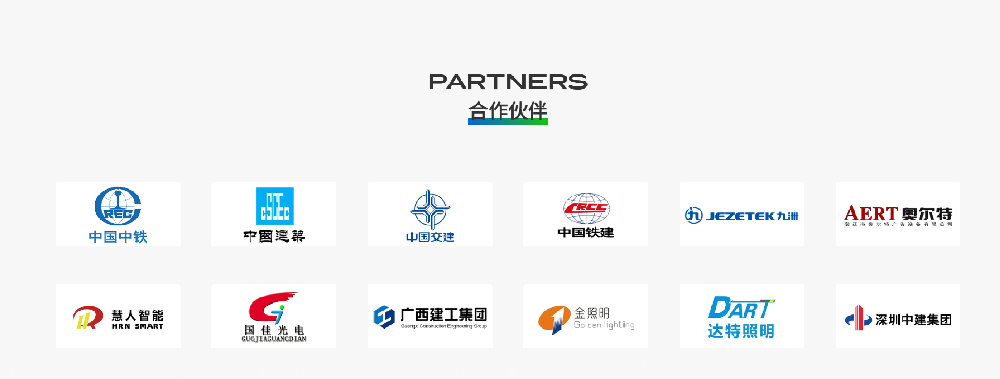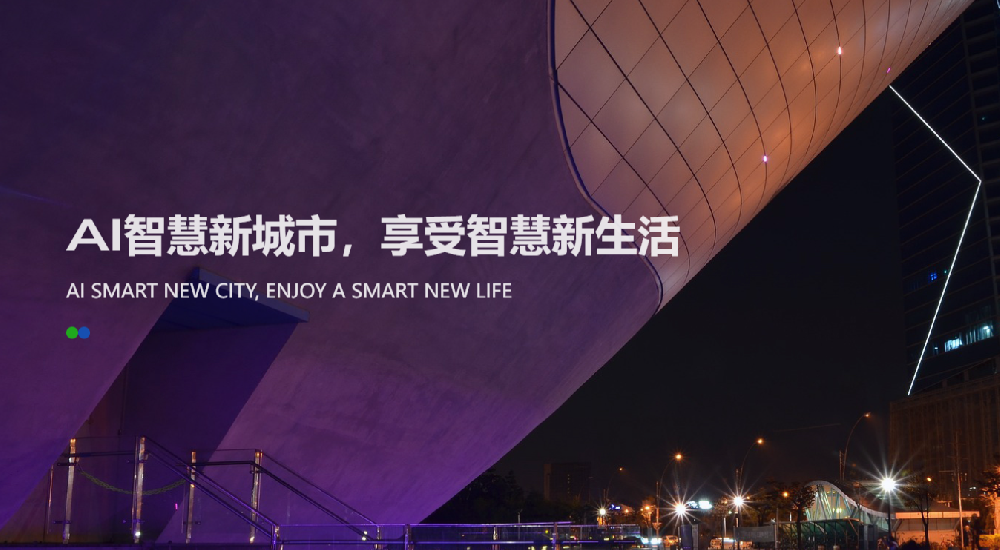During the National People's Congress and Chinese People's Political Consultative Conference in 2025, "smart cities" will become a frequently discussed term among representatives and committee members. From the practice of "livable and resilient smart city" in Chongqing to the exploration of green transformation in Tianjin, from the improvement of artificial intelligence regulations to the cultivation of new quality productivity, representatives from various regions have proposed multidimensional development plans for smart cities based on regional characteristics and technological innovation. This article will combine the content of the Two Sessions and systematically sort out the core path of smart city construction from the dimensions of infrastructure construction, modernization of governance capacity, green and low-carbon transformation, and technology driven innovation.
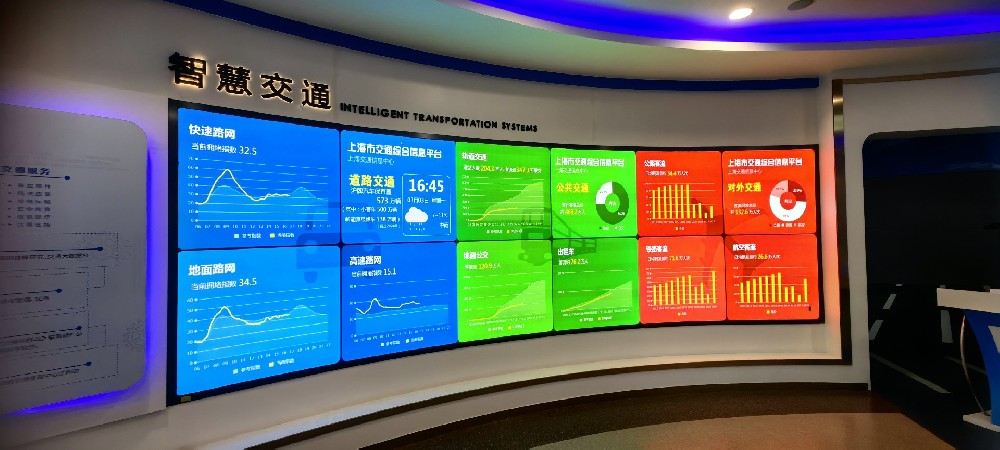
1、 Building a smart city framework based on infrastructure
Transportation and Space Optimization
Chongqing has proposed the "Six Major Urban Construction Actions", including the Science City Tunnel, the densification of the rail transit network, and the renovation of the drainage network, aiming to alleviate urban congestion and improve residents' travel efficiency through infrastructure upgrades. For example, the plan to increase the share of rail transit will strengthen the "last mile" shuttle service and create a "15 minute living circle" through station optimization and road network linkage.
Digitization and Resilience Enhancement
Chongqing is simultaneously promoting the comprehensive construction of "sponge cities", combining "digital pipeline" technology to achieve intelligent monitoring of underground pipelines, building a city lifeline safety warning system, and enhancing the resilience of cities to cope with extreme weather. Tianjin is making efforts in the field of hydrogen energy infrastructure, planning to build 20 hydrogen refueling stations by 2025 to promote the development of the hydrogen heavy truck industry chain and provide support for the new energy transportation network.
2、 Taking governance capacity as the core, promoting intelligent urban management
AI empowers government services
The "Colorful Cloud App" launched by Yunnan's "Colorful Cloud App" is an AI assistant for the National People's Congress and the Chinese People's Political Consultative Conference. With the support of the DeepSeeker V3 model, it achieves a "two-way dialogue" between policy interpretation and livelihood services, transforming complex policies into structured information and promoting the transformation of government services from "one-way dissemination" to "immersive interaction".
Data driven collaborative governance
Chongqing proposes to build a governance system of "efficient linkage between city and district", integrating urban operation data through digital platforms to achieve closed-loop management of risk warning, environmental governance, and community services. For example, the comprehensive management of community parking and innovative practices such as "tidal stalls" reflect the implementation of refined management.
3、 Taking green and low-carbon as the pulse, polishing the ecological background
Circular Economy and Resource Utilization
The Tianjin representative suggested strengthening policy support for the resource recycling industry chain, using blockchain technology to standardize the recycling system, and promoting the resource utilization of dredged silt. For example, the dredging project of Yuqiao Reservoir uses silt for mine restoration, achieving dual benefits of ecological governance and resource regeneration.
Industrial Green Transformation
Sinopec Tianjin Branch proposes to build an "AI+intelligent factory" to promote the low-carbon upgrading of traditional industries through green petrochemical bases and new material research and development. At the same time, Tianjin Rongcheng Group plans to build a new energy transportation network with hydrogen energy technology as the core, to support the carbon neutrality target of 10 in the Beijing Tianjin Hebei region.
4、 Driven by technological innovation, driving the development of new quality productivity
Standardized application of artificial intelligence
Liu Qingfeng, deputy to the National People's Congress, suggested that we should speed up the development of AI industry access standards, especially in the areas of health care, education and other livelihood areas. It is necessary to clarify the boundaries of technology application and responsibility attribution, and establish a traceability mechanism for generating content to prevent the spread of false information.
Breakthrough in domestic computing power and basic software
Tianjin Qilin Software has proposed a "basic software first" strategy, which aims to build a strong computing foundation through domestic operating systems and promote the digital transformation of various industries. This path not only reduces the risk of external dependence, but also provides secure and trustworthy underlying support for emerging technologies such as artificial intelligence and the Internet of Things.
5、 Using public participation as a bridge to achieve co construction and sharing
Direct public opinion and intelligent interaction
The "I Send a Message to the Two Sessions" campaign on People's Daily Online has introduced an intelligent voice message function, which converts colloquial suggestions into structured text through an AI engine, reducing the threshold for public participation and promoting the practice of "whole process people's democracy".
Integration of community governance and livelihood services
Chongqing is piloting the "Comprehensive Integration of Urban Governance into Communities" mechanism, which extends smart governance to the grassroots level through measures such as property coordination, parking management, and standardization of mobile vendors, achieving the dual goals of "improving urban functions" and "enhancing life happiness"
The blueprint for smart cities outlined by the 2025 Two Sessions includes both the "hard support" of infrastructure and the "soft power" of governance capacity and ecological civilization, driven by technological innovation and public participation. In the future, it is necessary to further balance the application of technology and ethical norms, short-term benefits and long-term sustainability, so that smart cities can truly become a modern governance model of "people-oriented, technology driven".
